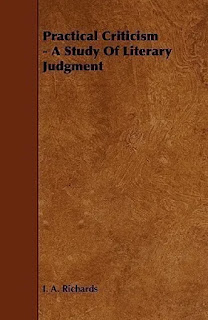Vita & Virginia
Hello everyone,
This blog based on the movie review of Vita & Virgnia as a part of thinking activity assigned by Prukruti ma'am.
Introduction :
"Vita & Virginia" (2018) is a movie about the real-life relationship between two famous British writers, Vita Sackville-West and Virginia Woolf. Directed by Chanya Button, the film shows how Vita, played by Gemma Arterton, and Virginia, played by Elizabeth Debicki, became romantically involved in the 1920s.
The story explores their love affair, which was intense but complicated, and how their relationship influenced both of their writing. It's set during a time when women had fewer freedoms, and the film looks at their struggles with love, art, and identity. The movie shows how these two writers inspired and challenged each other, even though their relationship wasn't always easy.
Question : How do the letters function not only as a medium of communication between the two central characters but also as narrative tool within the film?
Answer :
Question : Discuss some of the views regarding marriage, relationship and the role of society presented by the various characters in the film.
Answer :
In Vita & Virginia, the film explores themes of love, marriage, and societal expectations through the complex relationship between Vita Sackville-West and Virginia Woolf. The story
highlights the tension between personal freedom and societal constraints, portraying how love and creativity can flourish even within these boundaries. Through its characters, the film raises questions about the meaning of marriage, the nature of relationships, and the influence of societal expectations on individual choices.
Question : In your opinion, is the film able to capture Woolf's depressive state with sincerity & genuity?
Answer :
Yes, Vita & Virginia captures Virginia Woolf's depressive state with sincerity and genuity. The film portrays her struggles with mental health through her introspective moments, hallucinations, and emotional vulnerability. It uses visual and auditory elements to depict her inner turmoil, showing the impact of her condition on her relationships and creative process, while treating the subject with sensitivity.
Question : Share your thoughts about the portrayal of the relationship between Virginia Woolf and Vita Sackville West. (Here, discuss points like who initiated the relationship, their first meeting, their last meeting, etc)
Answer :
The portrayal of Virginia Woolf and Vita Sackville-West’s relationship in Vita & Virginia captures their dynamic connection. Vita initiates the relationship, drawn to Virginia's intellect and brilliance. Their first meeting is formal yet charged, with Vita showing admiration and Virginia responding with curiosity and reserve. As their bond deepens, the film explores their love, creativity, and differences. Their last meeting reflects the bittersweet nature of their relationship, with lingering affection but an understanding of their distinct paths. The film emphasizes how their connection inspired Virginia’s novel Orlando, immortalizing their bond.
Thank You !







.jpg)
.jpg)


.jpg)

.jpg)

.jpg)













